Since launching in 2003, Schaulager in Basel has redefined the boundaries between the storage and exhibition of contemporary art. Housed in a striking Herzog and de Meuron-designed building, the institution was founded on the belief that, when not on loan, works in the collection of the Emanuel Hoffmann Foundation should remain accessible. At Schaulager, artworks are thoughtfully installed, studied, and preserved instead of being stored out of sight. By inviting general audiences, students, and researchers to encounter art in its storage rooms, in curated exhibitions, monthly tours, and workshops, Schaulager blurs the lines between cultural management and public engagement.
To celebrate the 20th anniversary of its opening, Schaulager is mounting ‘OUT OF THE BOX’ (June 10 to November 19, 2023), an extensive group exhibition with works by around 25 artists – some on view in a museum for the first time – will be shown across two floors of the building. In advance of its opening, Art Basel spoke with Schaulager curator Isabel Friedli about the show.
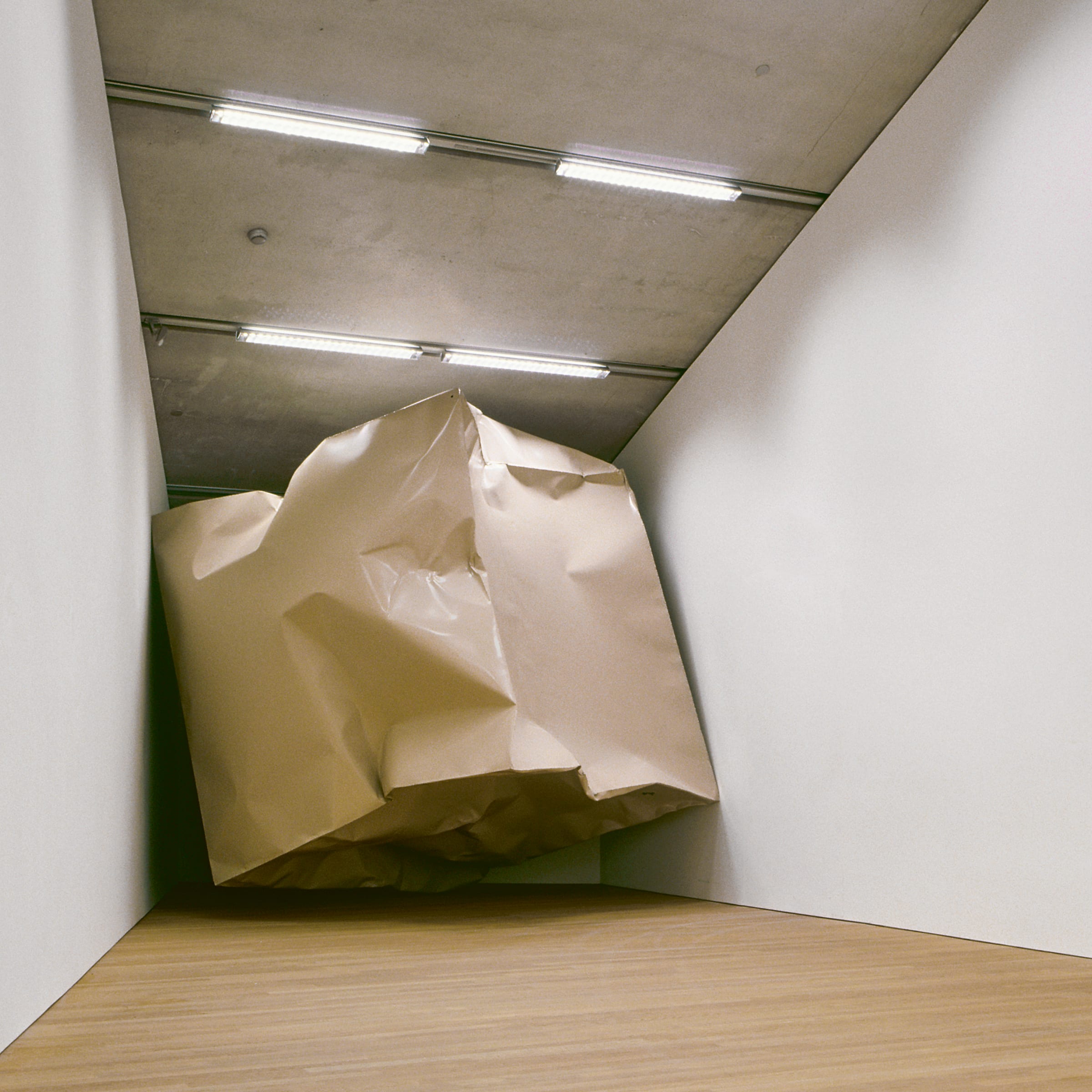
Monika Sosnowska
A major benefit of Schaulager’s Herzog & de Meuron-designed building is that its walls can be reconfigured as needed. ‘We can design the architecture specifically for each exhibition,’ says Friedli. ‘It’s fun, but also a challenge.’ These modular capabilities are particularly useful when exhibiting monumental works like Untitled (2006) by the Polish artist Monika Sosnowska, who uses industrial-grade construction materials to explore urban decay, failure, and political ideologies. One of the first works encountered by visitors to ‘OUT OF THE BOX’, Untitled is an enormous metal cube that appears to be squashed and suspended between two walls. Despite being almost three meters tall, the cube’s caved-in shape gives the impression it has buckled under pressure, as though it were made of paper rather than enamel-painted steel. ‘It has the appearance of being very lightweight,’ says Friedli. ‘It looks as if a giant hand has just taken it and thrown it between the walls.’
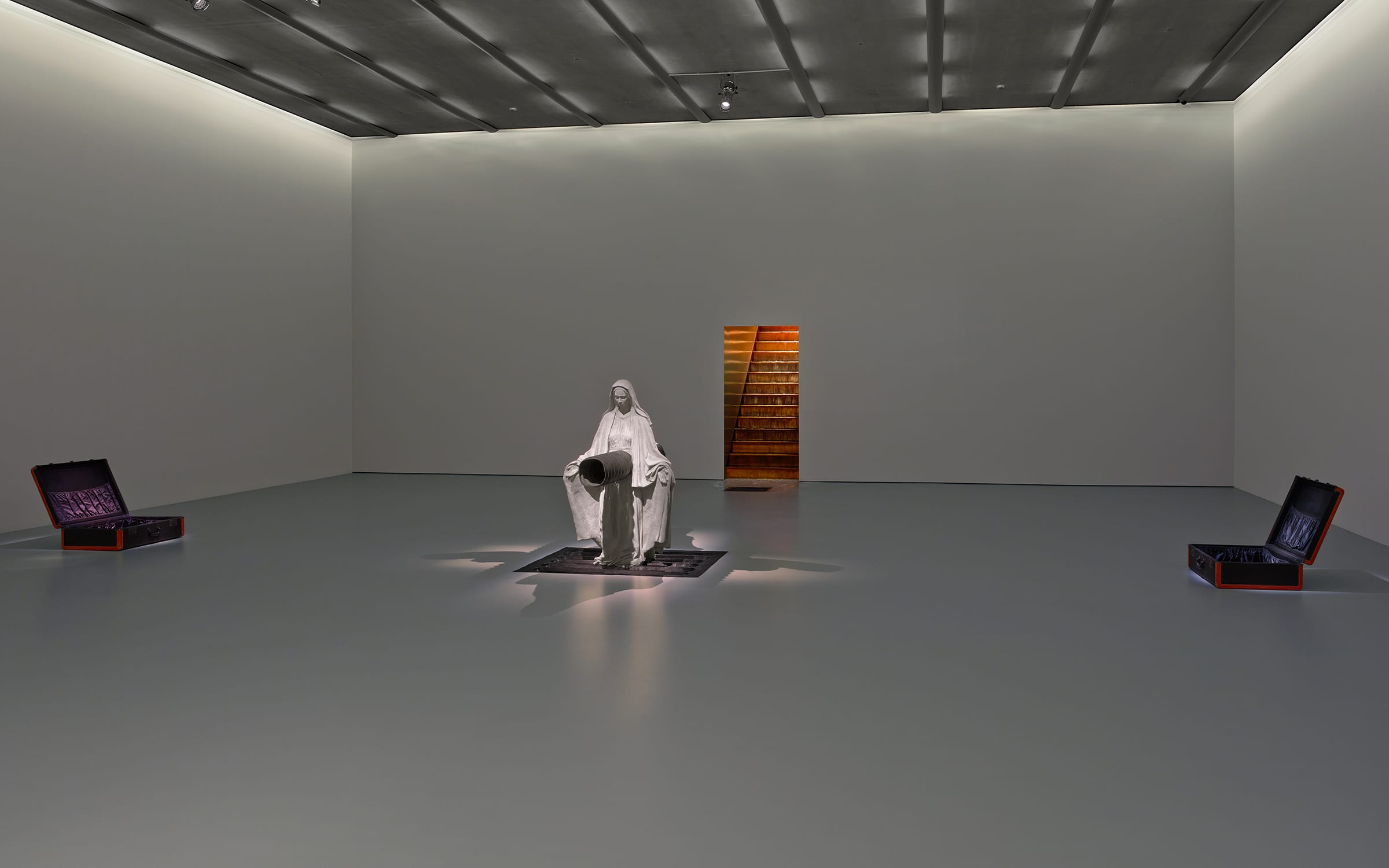
Robert Gober
With their atmosphere of hushed reverence, it’s no wonder that so many exhibition spaces feel like altars to art. So it was fitting that one of Schaulager’s first permanent artworks, acquired even before Schaulager existed, was a room-sized installation imbued with sacred connotations. At the center of Robert Gober’s Untitled (1995–1997) is a concrete statue of the Virgin Mary, impaled through her abdomen by a hollow pipe. Behind her, a stream of water flows from an unknown source and pours down a flight of cedar stairs before disappearing into storm drains. Like much of Gober’s oeuvre, the work’s meaning is slippery; ‘It’s like a kind of enigma that you cannot solve,’ says Friedli. The combination of religious iconography and water points to purity, while the drains below the Madonna draw contrasts between the sacred and the profane. Additional pieces by Gober on view in the show includes a replica of a body part, namely the cast-gypsum polymer ear Untitled (2008), and a wall sculpture resembling a window covered in hand-cut snowflakes.
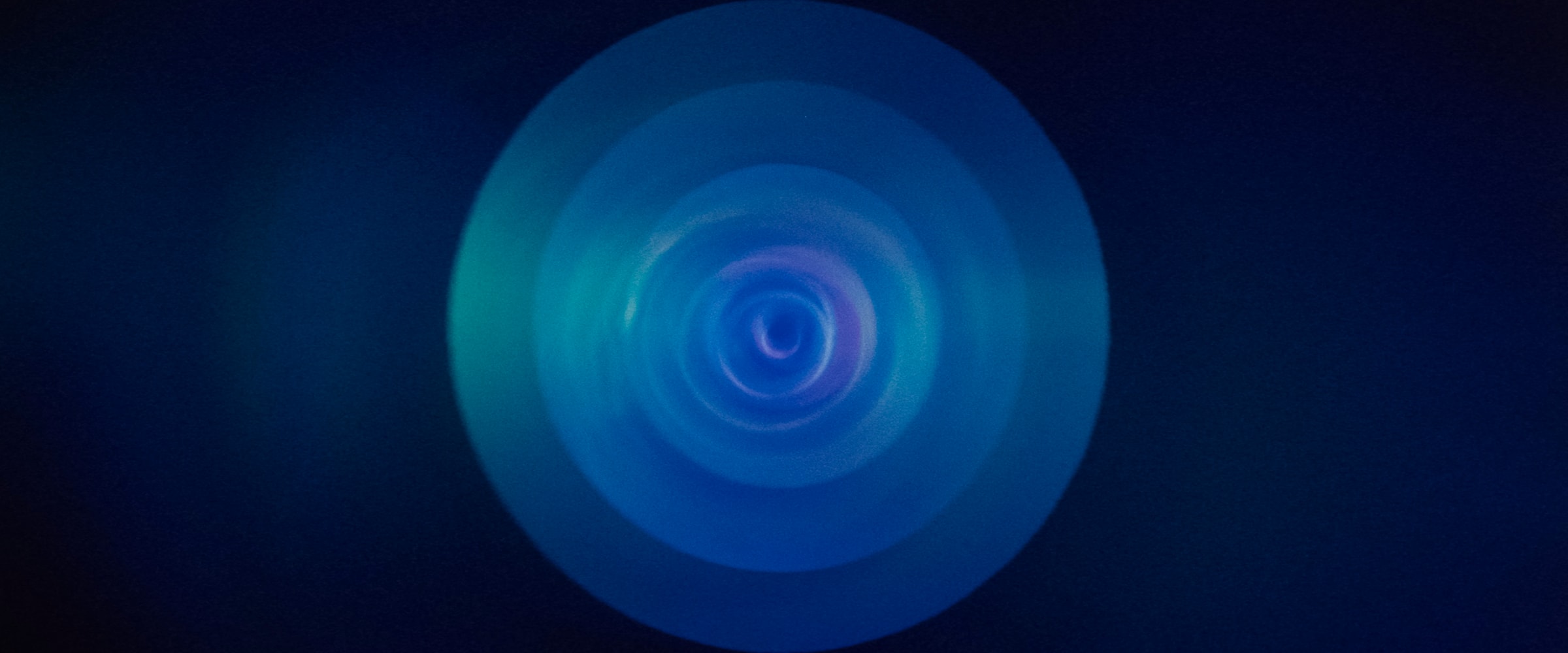
Tacita Dean
How can an artist represent the underworld? That was the question on British artist Tacita Dean’s mind when she was approached to design the costumes and set for a ballet based on Dante’s Divine Comedy (c. 1308–1321). Three elements of Dean’s set design for The Dante Project (2021) – co-produced by The Royal Ballet and Paris Opera Ballet – are on view in ‘OUT OF THE BOX’: Inferno (2019), a black-and-white chalkboard drawing of inverted mountains, which served as a backdrop for the first act; Purgatory (Threshold) (2020), a large-scale photograph of jacaranda blooms on which the artist drew in colored pencil; and Paradise (2021), an abstract 35 mm film inspired by the colors in William Blake’s 1824 watercolor illustrations of the Divine Comedy. The works are theatrical even without the stage. ‘They can exist completely independently of the ballet,’ says Friedli. ‘Still, we’re exhibiting them in a way that even though doesn’t imitate their original context gives the physical impression of how the works were used there.’
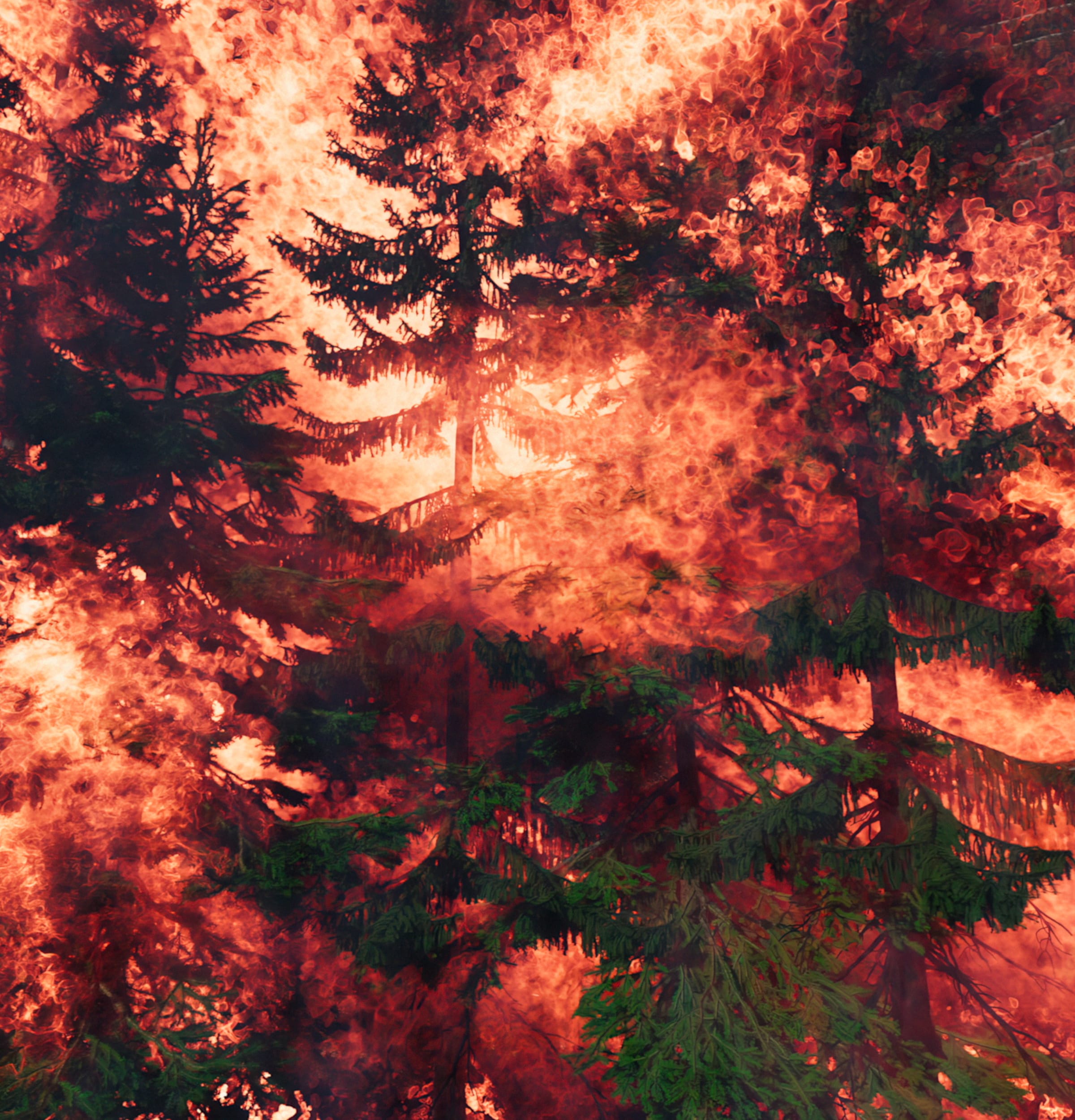
David Claerbout
Belgian artist David Claerbout presents another form of hellfire in his 24-minute film Wildfire (meditation on fire) (2019–2020). Through his immersive video installations featuring manipulated found video footage or wholly invented landscapes, Claerbout explores technological abstraction and the interplay between digital and physical realms. Depicting a relentless forest fire, Wildfire (meditation on fire) points to the twin crises of our times: urgent ecological devastation and the portrayal of truth in an increasingly digitized world. As new media and generative technology become progressively more sophisticated and integrated within our daily lives, so it likewise becomes harder to differentiate which dangers are real and how seriously we should take the threat on the screen.
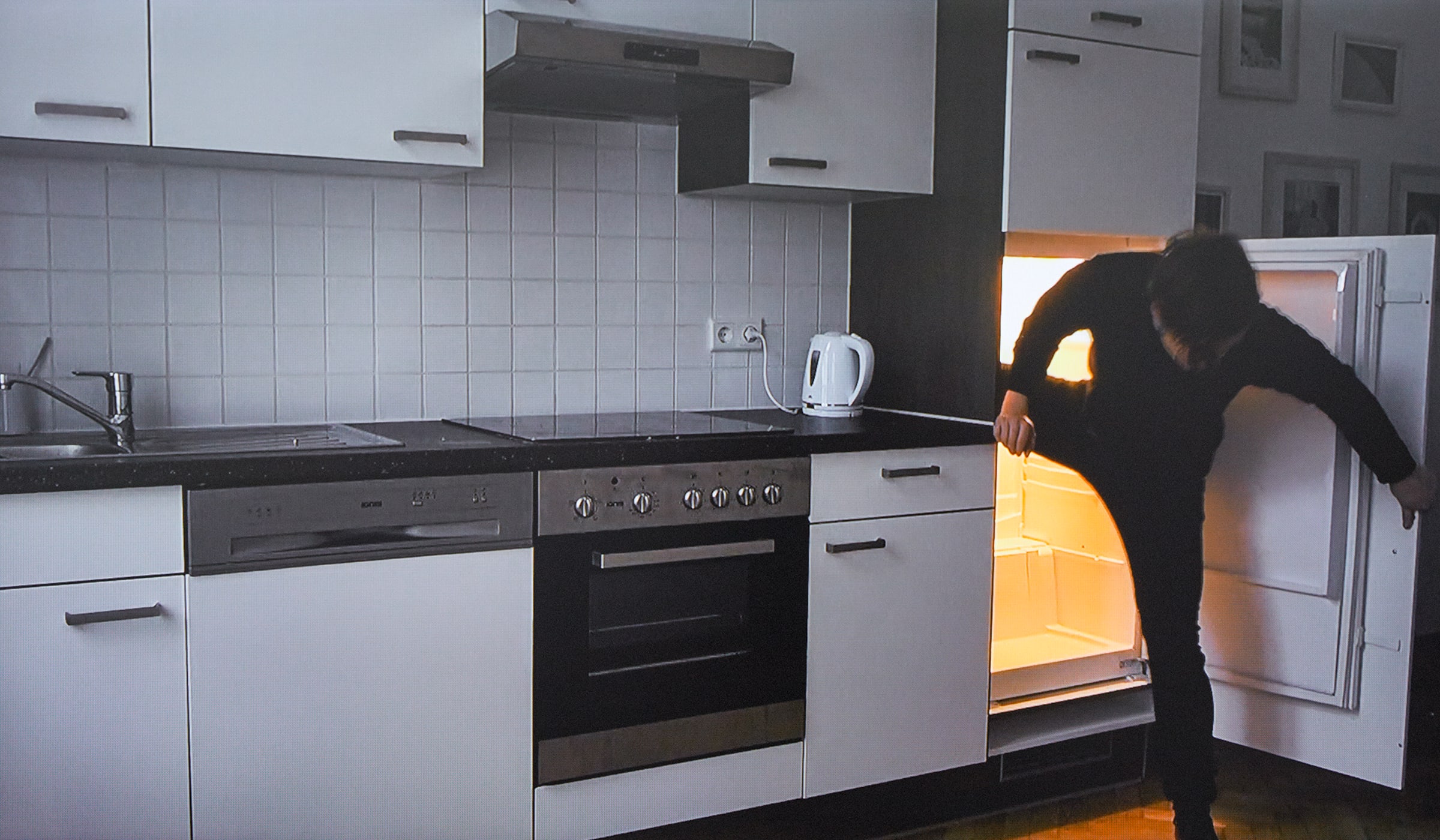
Klara Lidén
If that’s all too much eternal damnation for you, relief can be found in a grouping of videos by Swedish artist Klara Lidén, who deliberately misuses public spaces to investigate the relationship between bodies and institutional settings. A particularly frank subversion of space occurs in You’re all places that leave me breathless (2020), which shows the artist clambering up outdoor scaffolding. A simple production trick lends the video a mesmerizing effect: As Lidén scales the scaffolds, the camera rotates with her body, giving the illusion of weightlessness. Gravity comes back to haunt Lidén in the video Warm-up: State Hermitage Museum Theater (2014), in which the artist joins dancers in their pre-show warmups at the State Hermitage Museum, Saint Petersburg. Juxtaposed with the disciplined performers’ graceful forms, the artist’s untrained body seems clumsy. Finally, taking a domestic turn, the 22-second video Out to Lunch (2018) takes place in a kitchen – a fairly unremarkable space until the refrigerator door opens and the artist climbs out. ‘The video is humorous,’ Friedli says, ‘And, of course, it perfectly fits with the title of the exhibition.’
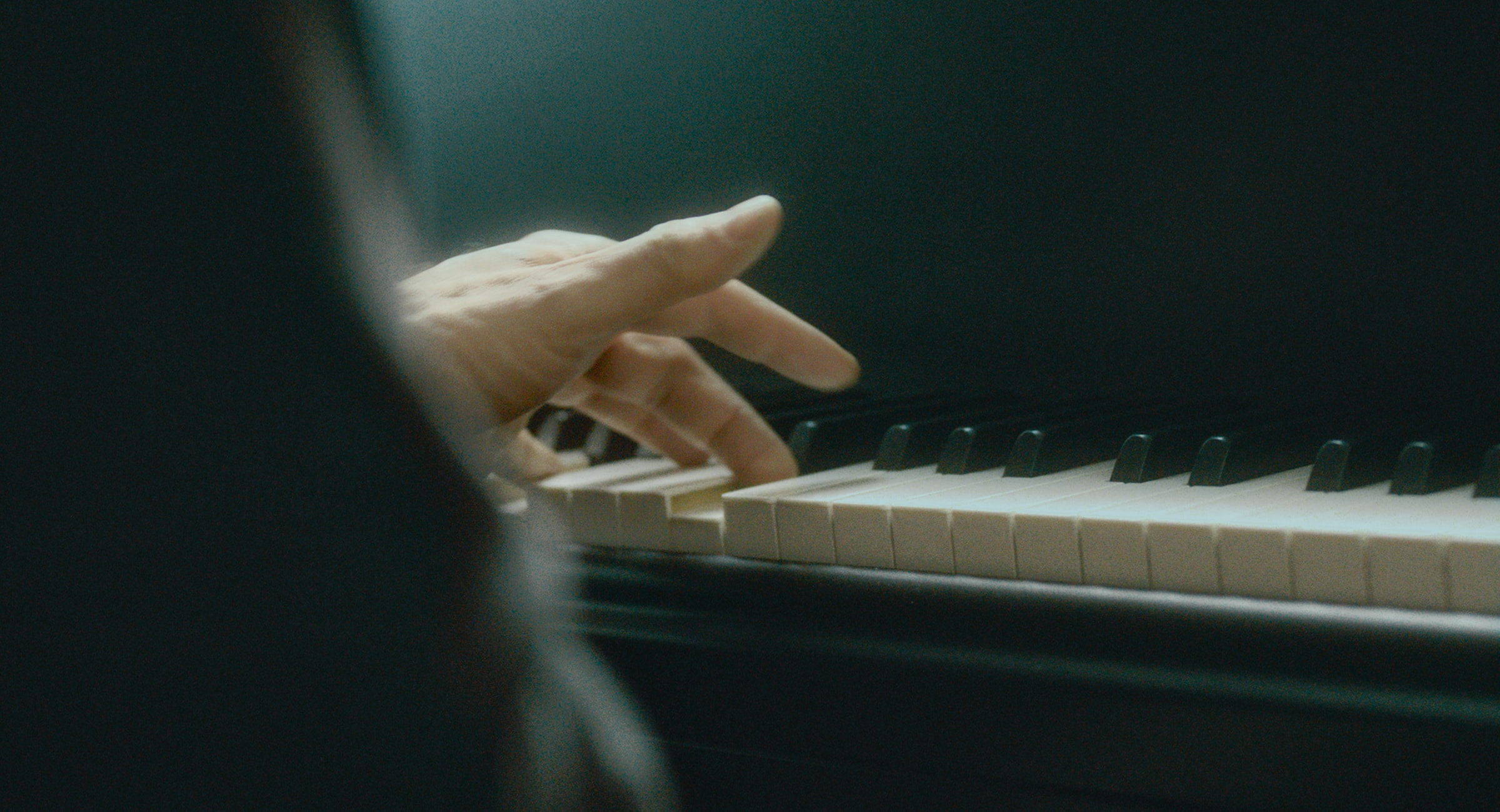
Anri Sala
The Austrian concert pianist Paul Wittgenstein refused to accept setbacks. When the musician’s right arm had to be amputated after he was shot during World War I, he commissioned the composer Maurice Ravel to write him a piece of music that could be played with only the left hand. Several decades later, Albanian artist Anri Sala filmed two musicians playing the one-handed melody as part of his multimedia installation Ravel Ravel (2013). When the work was presented in the French Pavilion at the 55th Venice Biennale, the two videos were simultaneously projected in a vertically stacked configuration, emphasizing their slight differences in tempo. However, since the ceiling height at Schaulager doesn’t allow for the original stacked presentation, Sala suggested showing the videos on two semi-transparent screens, allowing viewers to see the ghostly shape of one performer’s hand through the other going in and out of sync. ‘The interesting thing about the work - apart from the fact that it is a beautiful piece of piano music - is that through this presentation the difference, the interval in the interpretation of the identical composition becomes perceptible on different levels, visually, acoustically, but also physically,’ says Friedli.
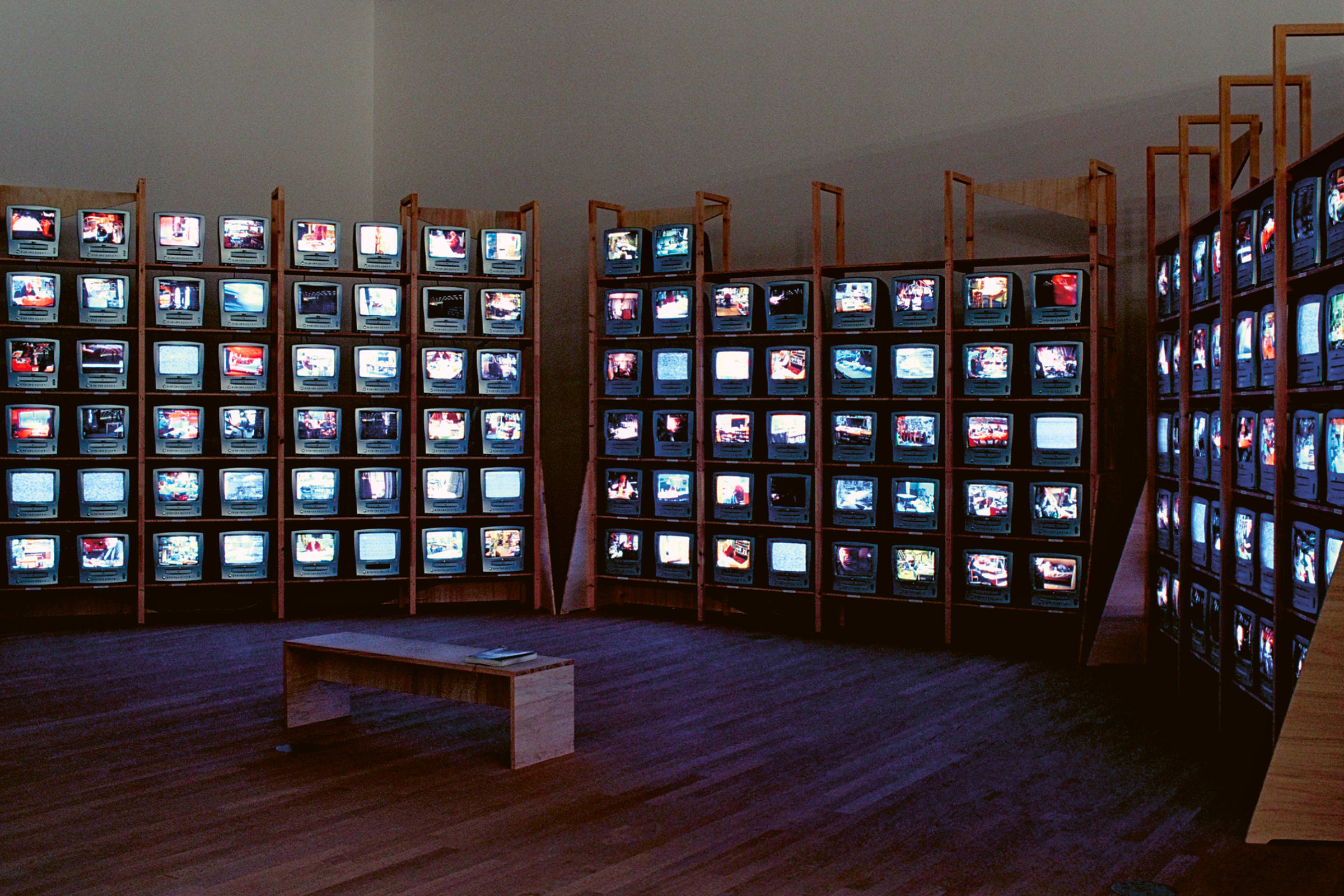
Dieter Roth
‘OUT OF THE BOX’ will be accompanied by a new publication dedicated to Dieter Roth’s Selbstturm; Löwenturm (1969/70–1998). The book focuses on Roth’s eponymous installation. Housed in the artist’s former workshop adjacent to Kunsthalle Basel | Gegenwart, Selbstturm; Löwenturm comprises several shelves stacked with rows of fragile self-portraits and lions’ heads. The busts are cast from chocolate and sugar over the course of nearly 30 years. Acquired by the Emanuel Hoffmann Foundation as an evolving artistic concept in 1989, the work has presented an interesting challenge for conservators as, over time, the biodegradable sculptures have decayed and deformed. But Roth wouldn’t mind: The German-Swiss artist was convinced that, to truly engage with life, art should undergo constant transformation.
The exhibition OUT OF THE BOX was conceived by Heidi Naef, Senior Curator, together with Schaulager’s research team. The image concept for the publication Dieter Roth. Selbstturm; Löwenturm has been designed by the artist Peter Fischli.
Monika Sosnowska is represented by Foksal Gallery Foundation (Warsaw), The Modern Institute (Glasgow), Galerie Gisela Capitain (Cologne, Berlin), kurimanzutto (Mexico D.F., New York), and Hauser & Wirth (Zürich, New York, Gstaad, Hong Kong, London, Los Angeles, Menorca, Monaco, Somerset, Southampton, St. Moritz).
Robert Gober is represented by Matthew Marks Gallery (New York and Los Angeles).
Tacita Dean is represented by Marian Goodman Gallery (New York, London, Paris) and Frith Street Gallery (London).
David Claerbout is represented by Sean Kelly (New York, Los Angeles), Esther Schipper (Berlin, Paris, Seoul) and Annet Gelink Gallery (Amsterdam).
Klara Lidén is represented by Sadie Coles HQ (London), Galerie Neu (Berlin), and Reena Spaulings Fine Art (New York).
Anri Sala is represented by Galerie Chantal Crousel (Paris), Marian Goodman Gallery (New York, London, Paris), kurimanzutto (Mexico D.F., New York), and Hauser & Wirth (Zürich, New York, Gstaad, Hong Kong, London, Los Angeles, Menorca, Monaco, Somerset, Southampton, St. Moritz).
Dieter Roth's Estate is represented by Hauser & Wirth (Zürich, New York, Gstaad, Hong Kong, London, Los Angeles, Menorca, Monaco, Somerset, Southampton, St. Moritz).
Caption for full-bleed image: Schaulager ® Münchenstein/Basel. Foto: Ruedi Walti, Basel.
‘OUT OF THE BOX’
June 10 – November 19, 2023
Schaulager, Basel
Elliat Albrecht is a writer and editor based in Canada. She holds a BFA in Critical and Cultural Practices from Emily Carr University of Art + Design and an MA in Literary and Cultural Studies from the University of Hong Kong.
Published on June 9, 2023.